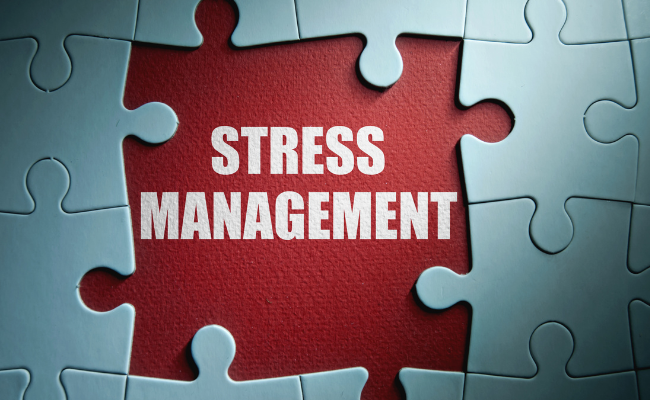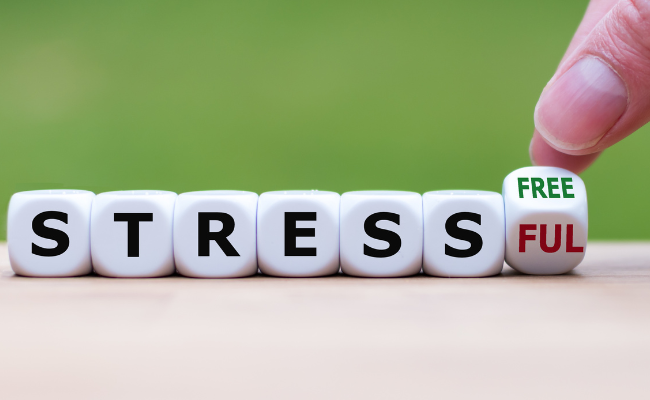Differentiating Stressors & Stress Responses for Improved Well-being
If you can see the space between stimulus and response, you start having the power to choose your response. This is the core of self-leadership and your self-development
– Ana Melikian
Today I delve into the modern wilderness of stressors and stress and why completing stress responses is key to achieving clearer thinking.
I discuss:
- The difference between stress and stressors
- Completing our stress response without getting stuck in the stress cycle
- Seeing the space between stressor and stress response
The difference between stress and stressors

Our discussion today revolves around a particularly relevant excerpt from Burnout: The Secret to Unlocking the Stress Cycle by Emily Nagoski Ph.D. and Amelia Nagoski DMA:
“Just because you have dealt with a stressor doesn't mean you have dealt with the stress. And you don't have to wait until all your stressors are dealt with before you deal with your stress. Which is to say, you don't have to wait for the world to be better before you make your life better. And by making your life better, you make the world better.”
That is one of the main premises of the book, and part of what we will be unpacking today. The two sisters go on to explain the difference between stressors and stress.
“Stressors are what activate the stress response in our body, stress is the neurological and physiological shift that happens in your body when you encounter one of these threats.”
In other words, stressors are the stimulants and triggers, and stress is the response to those stimulants. The removal of the stressor does not mean the stress evaporates. Likely, we’ll still carry that stress with us the whole day or night.
Imagine you are crossing the street, and a car comes at you very fast, and you have to jump out of the way—you were almost run over. Instead of being relieved, you keep thinking about what could have happened, you carry the stress response and stay stuck there.
All the activation happening in your body to respond to that threat keeps you thinking of what could have happened or not happened.
These stressors may not always be life-threatening, but oftentimes, our nervous system treats them all the same. Including stressors that don’t leave.
Completing our stress response without getting stuck in the stress cycle

Because there are also stressors that are very difficult to change—life circumstances like an un-ideal job, an illness in you, or somebody close to you—sometimes we cannot just get rid of the stressor or the thing that is creating the stress.
However, we can still do something about how we respond to the life circumstances that create stress responses and find a separation of the stimulus and the response.
One of the points the Nagoski sisters make is the need we have to complete our stress response, our stress cycle, as a way of not staying stuck and not suffering the consequences of staying in our stress that can lead to burnout.
To unlock that release, we must remember that stress responders were once an evolutionary advantage. Essential for survival. Coveted. Critical.
Nowadays, the problem is we have many stressors, many situations that trigger our stress response, but then we don't have an effective way to use all the energy produced in our body. No lions to fight with or flee from, no rivers to cross.
One of the more effective ways to complete our cycle of stress and release from that response is physical activity—jumping up and down, a good old cry—that releases all that energy so we can let it go.
Physical activity helps us use the energy created in the stress response. It tells our brain that we have successfully survived the situation.
Circling back to the stressors that are not easily removed or impossible to remove, we can still use the same physiological characteristics of using energy to position ourselves in a better place, to have clarity. When we are in a stress response, we see a narrow runway with tunnel vision. Expending energy through activities helps regulate us and improve our position.
You don't have to wait for the chronic stressor to go away for you to start to do something different and feel better.
Seeing the space between stressor and stress response

If we see the space between the stressor and the response, we can choose something different than staying stuck in the stress response—the challenge is to see that space.
One of the more effective ways that allow us to see the space is by pressing the pause button. We have to learn to stretch that space by becoming more mentally fit to see that space and choose our response vs reacting on pure instinct 24/7.
Once we see the space, we can choose to move our bodies, let ourselves release emotions, or even sing a song.
Whenever you are in a stressful situation, and you are feeling the stress—be aware of it. Pin-point what the stressor is. If the stressor is something in the past, finish the cycle, use that energy somehow, and let it go. If it’s a chronic stressor, it's the same principle, only channel that energy into seeing more possibilities and differentiating the stress from the stressor.
One is the stimulus. One is the response. And if you can see the space in between, you start to have the power of choosing your response. This truth is the core of self-leadership and personal development.
What is a stressor you run into often? Do you carry that stress response with you throughout your day?
Be sure to catch the whole episode for further insight into stress and stressors.








